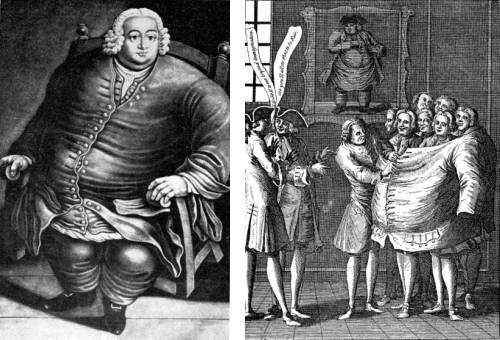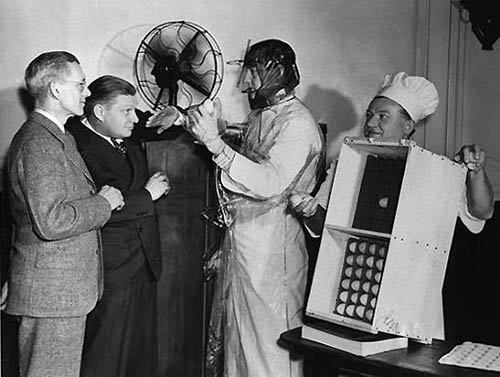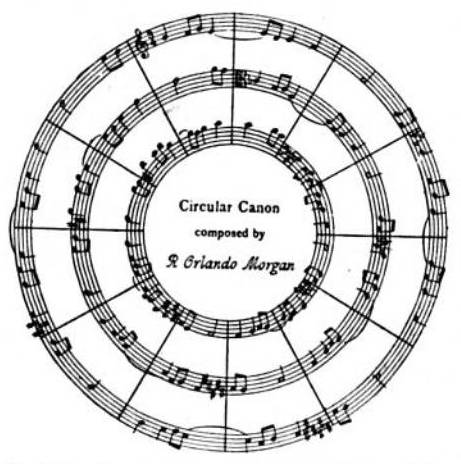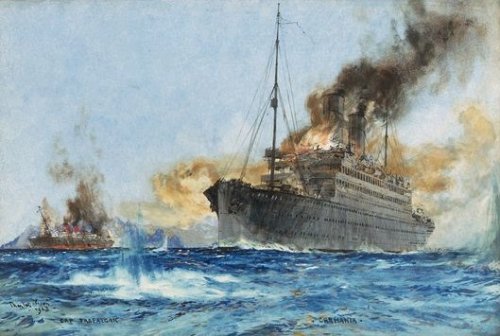In 1926, Mexican physician Luis Cervantes met Concepción Jurado, a 61-year-old schoolteacher who was impersonating a bearded Spanish count at a party. Impressed by her performance, Cervantes convinced Jurado to partake in an ongoing hoax. He invented a character, Count Carlos Balmori, and engaged prominent Mexicans to underwrite the story of Balmori’s wealth and power. Reporters planted stories of the count’s wealth and travels, bankers forged bankbooks, and judges and politicians provided official papers when needed.
Then, each week, Cervantes would choose a victim and stage a “Balmoreada,” a special evening in which the count would approach one guest and offer a fabulous sum in return for a ridiculous favor. He would induce a hacienda owner to shave his beard, a general to lead a revolution against Mexico, a Chilean diplomat to denounce his country, all in return for great wealth.
It’s said that only one guest in 20 refused the offer. As soon as the victim had accepted the proposal, Jurado would reveal her disguise and the dupe was admitted to the club, sworn to secrecy and invited to each future Balmoreada as a guest.
This went on for fully five years, until Jurado’s death of cancer in 1931. The society of the gullible greedy grew to include matadors, bankers, and police officials. Onetime President Plutarco Elías Calles is even said to have attended the meetings. Its members have now dwindled away, but Jurado’s tomb, in the largest cemetery in Mexico City, commemorates it with cartoons of both her personalities.




